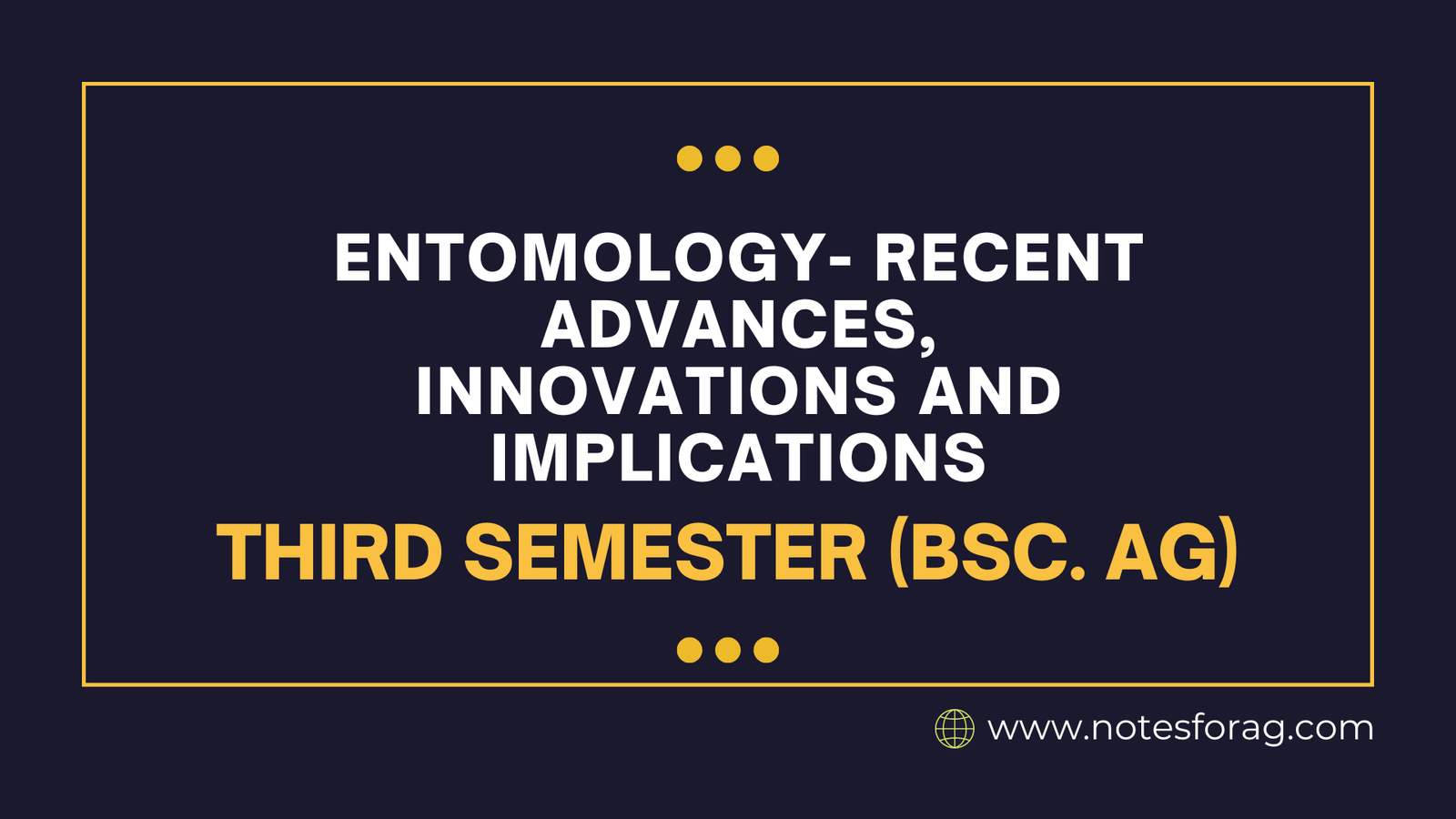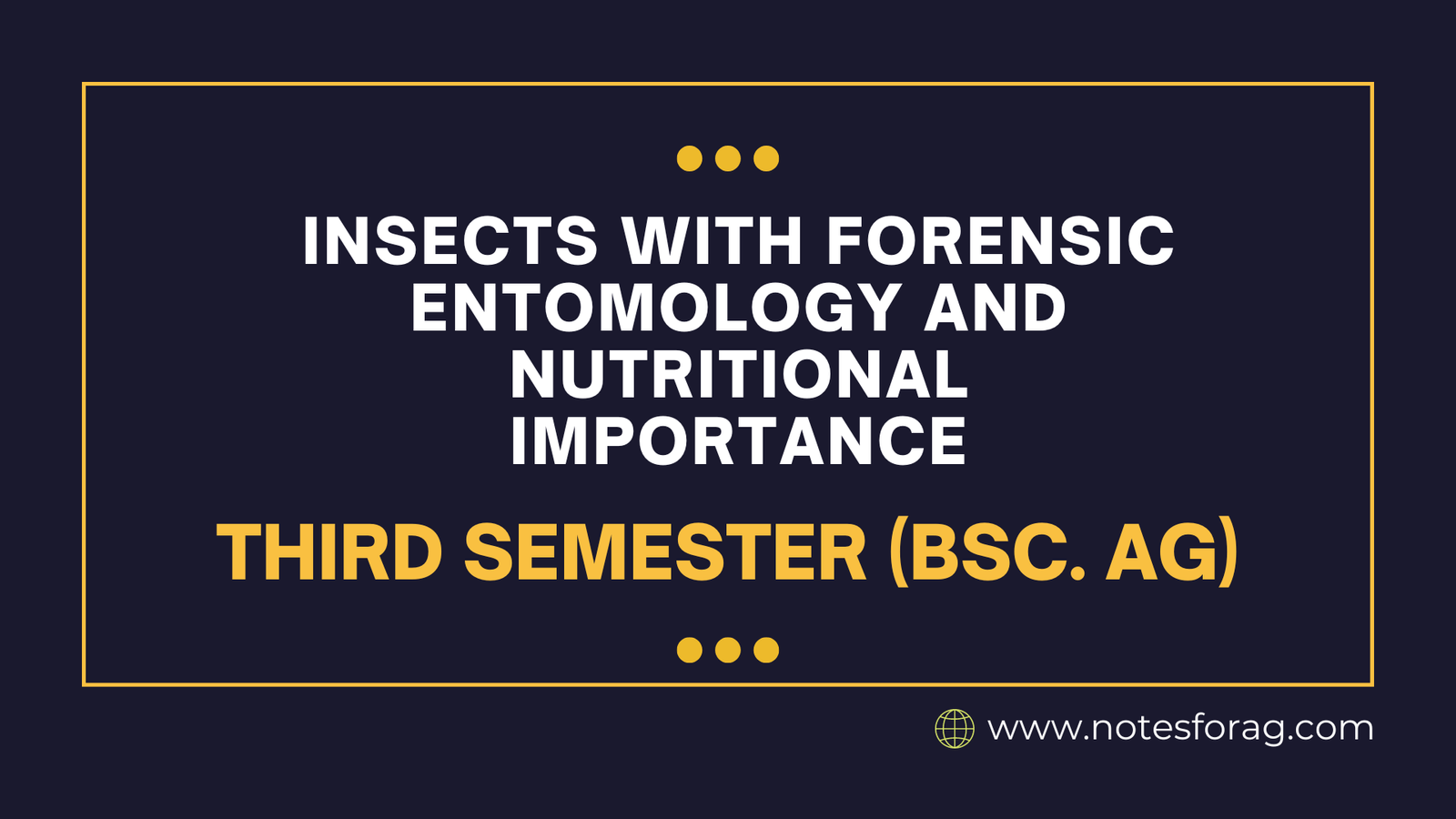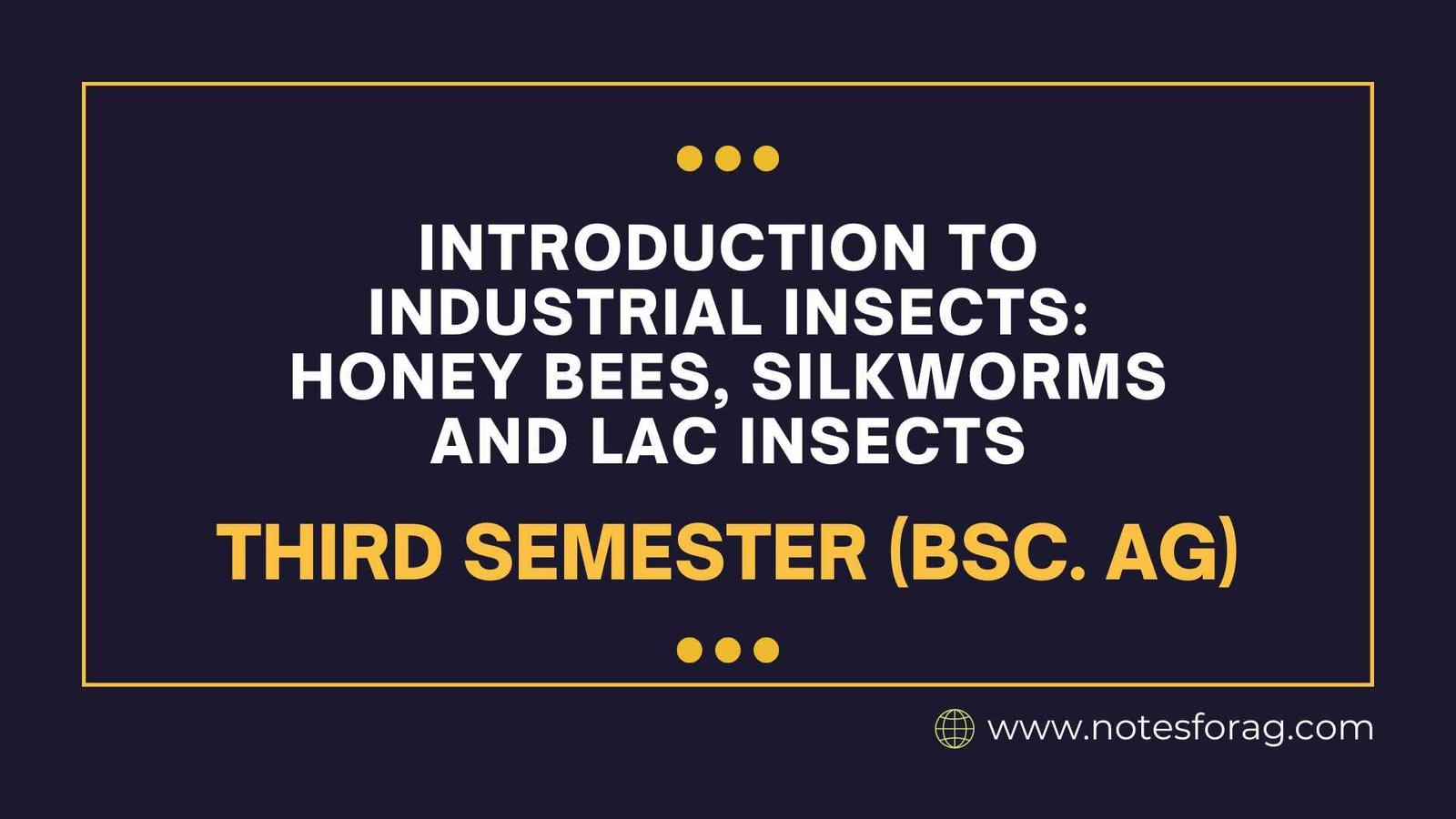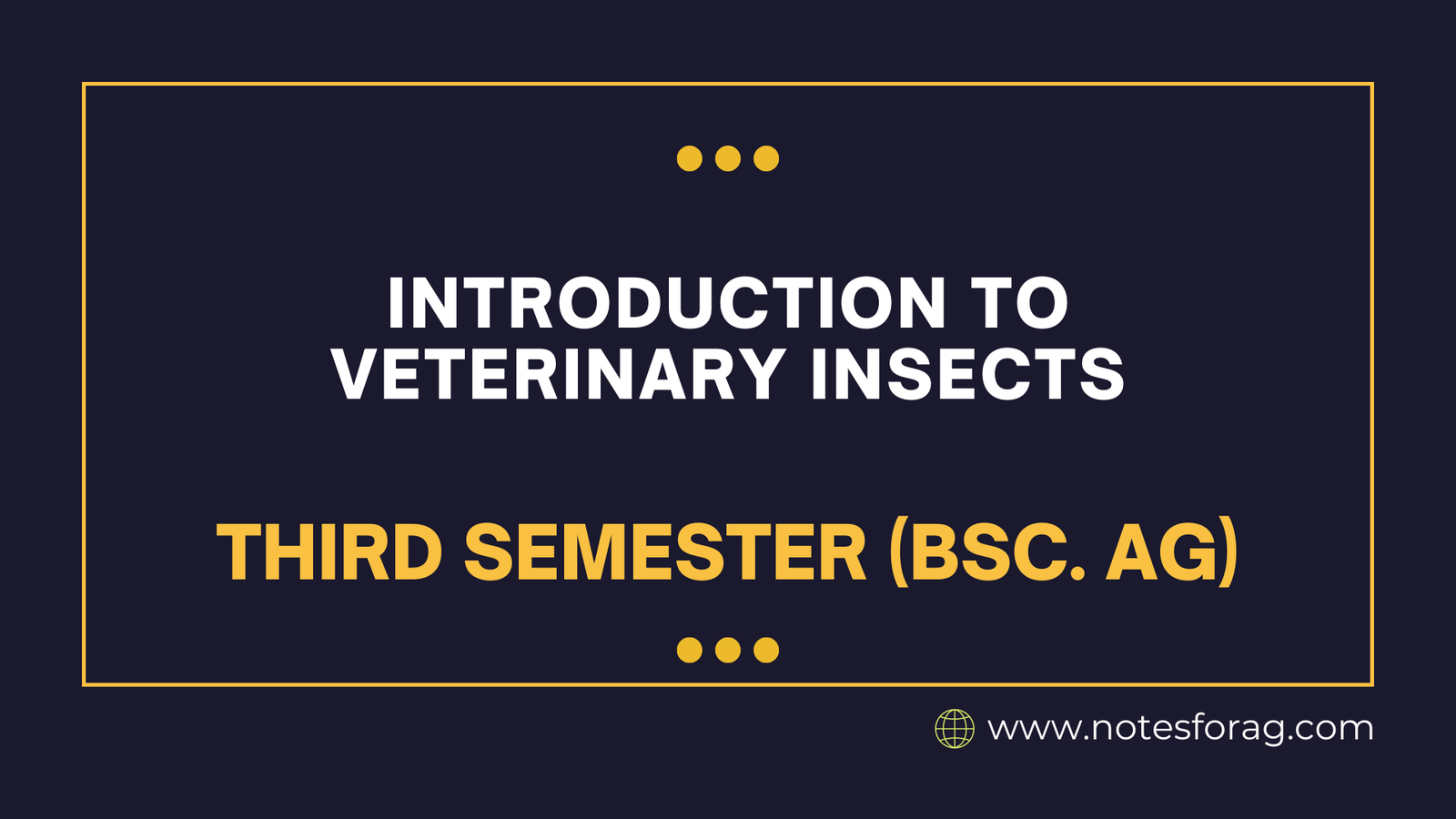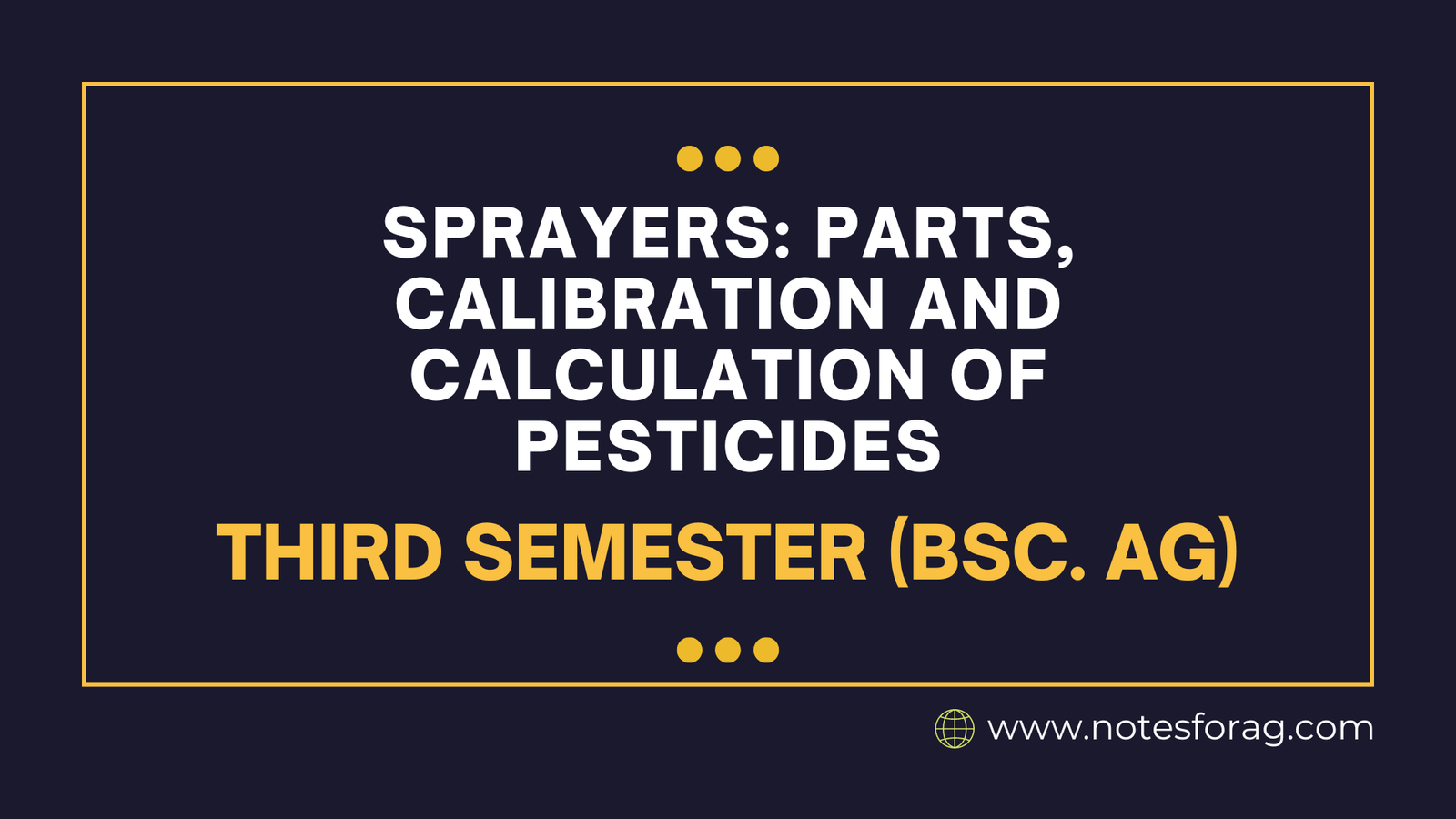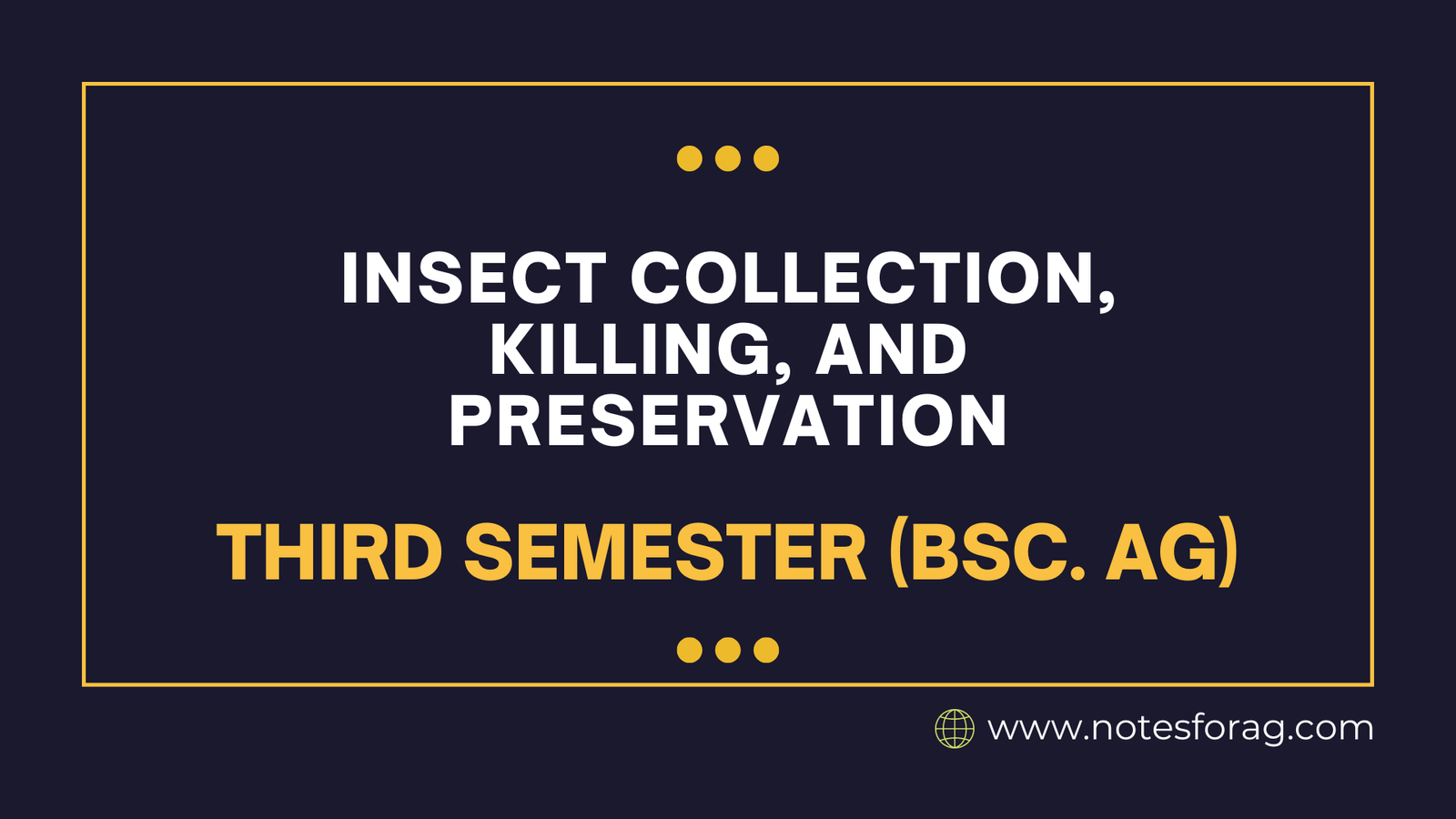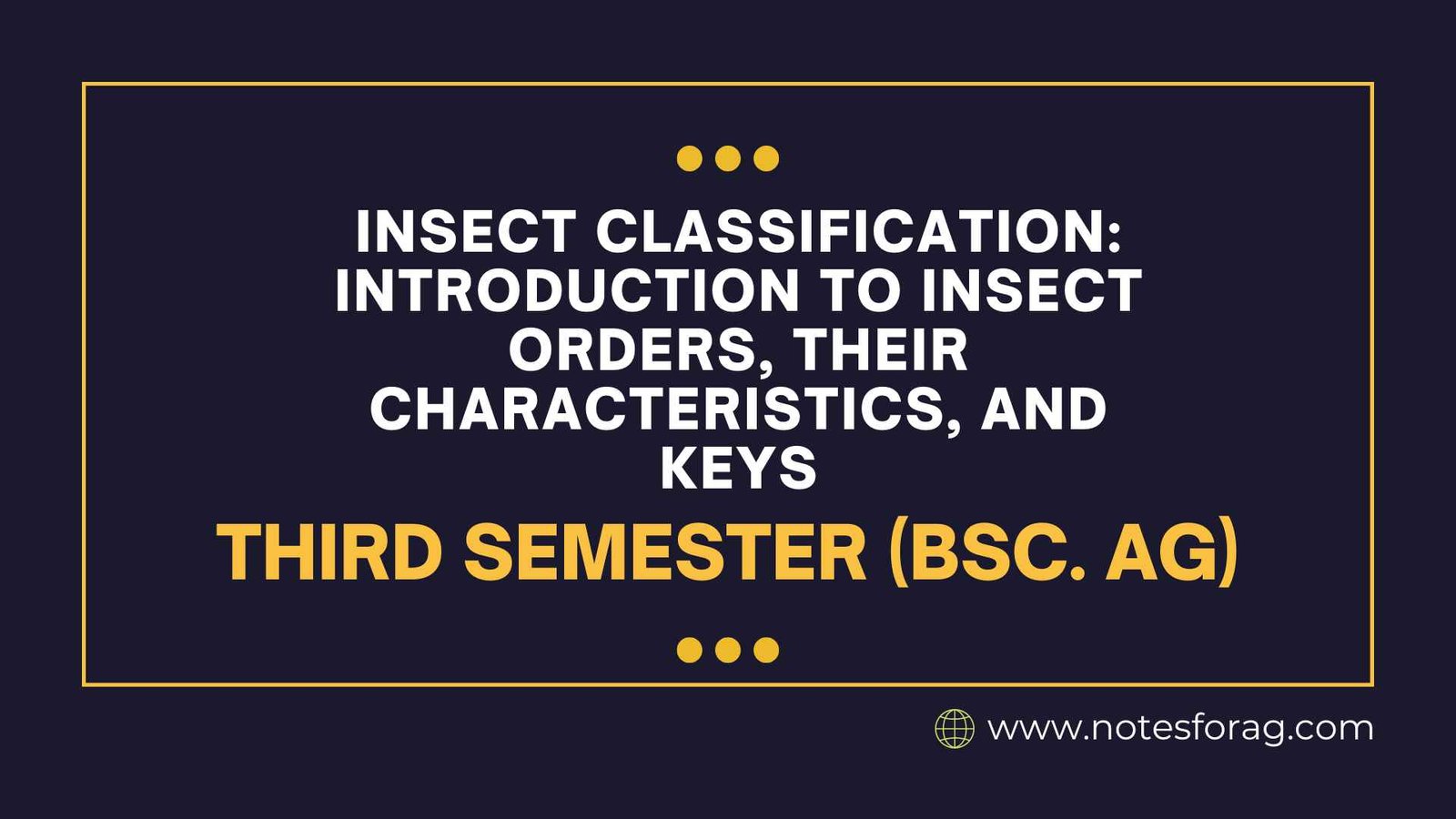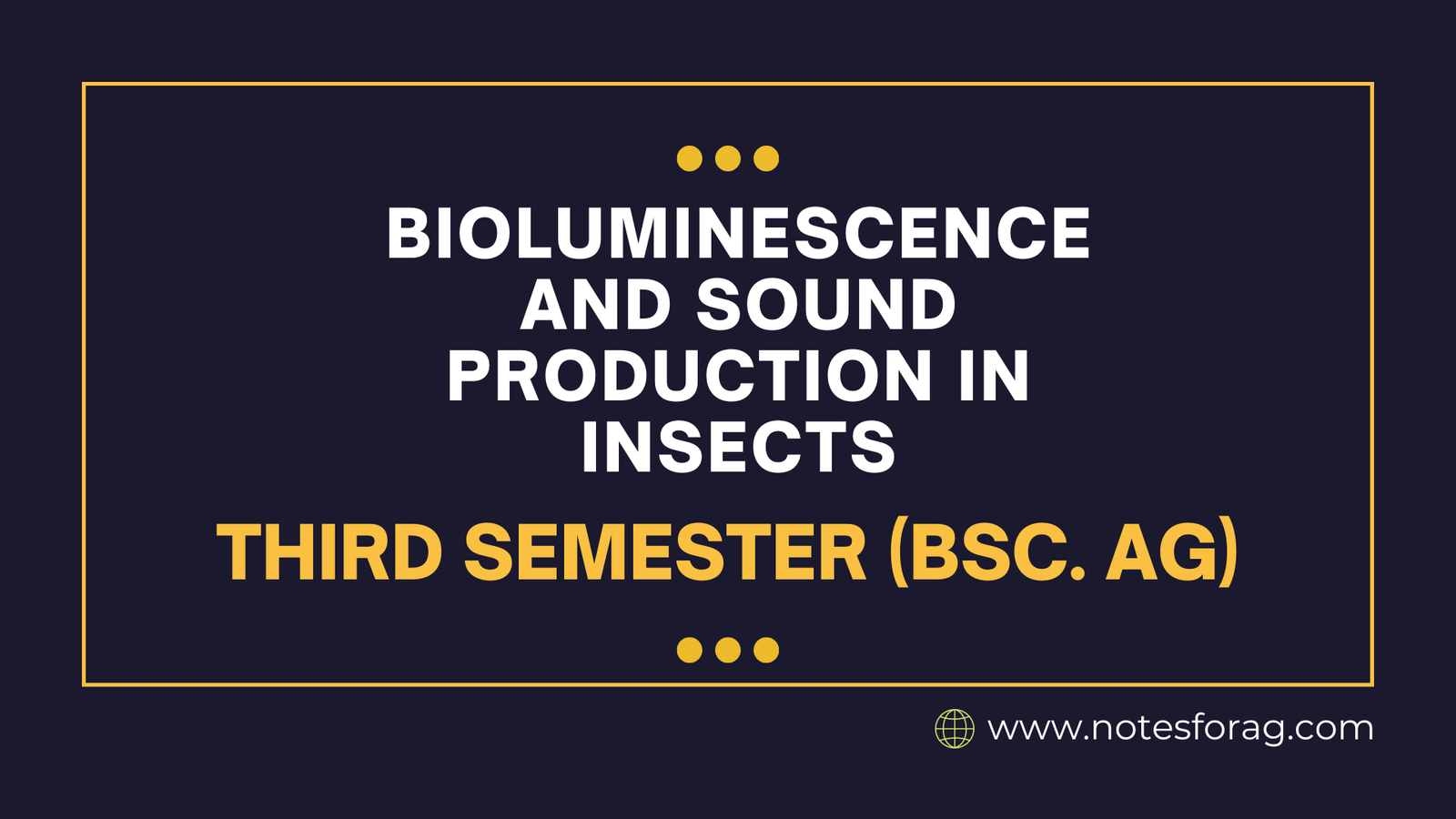Entomology- Recent Advances, Innovations and Implications
Recent advances in entomology have transformed agriculture, biotechnology, and health. CRISPR gene editing in insects improves pest management and disease prevention, while biopesticides and precision agriculture provide environmentally friendly alternatives to chemical pesticides. Insect-based protein manufacturing and robots inspired by insect behavior are gaining interest as solutions to global food security and technology issues. Meanwhile, … Read more

